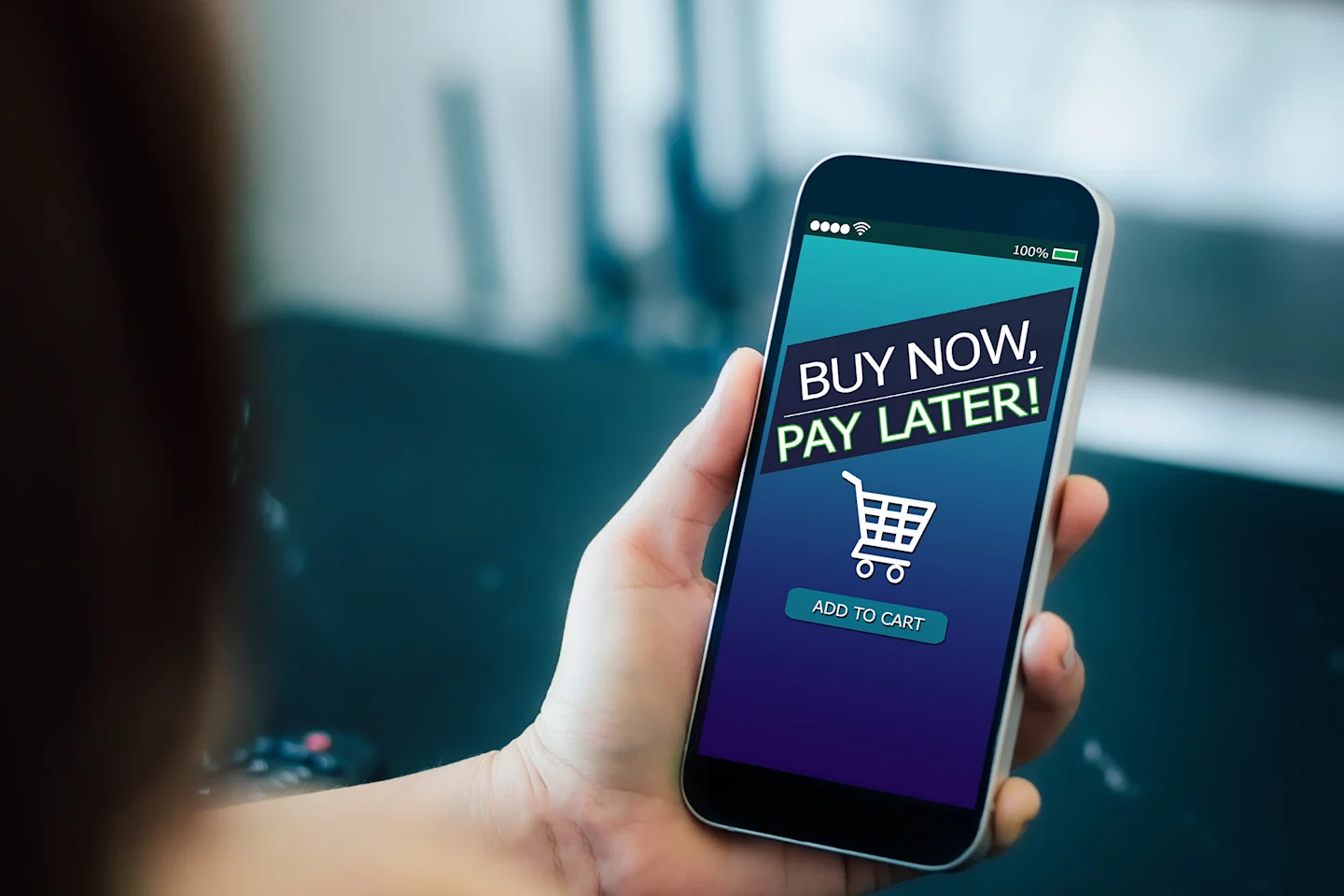
At Achieve, we're committed to providing you with the most accurate, relevant and helpful financial information. While some of our content may include references to products or services we offer, our editorial integrity ensures that our experts’ opinions aren’t influenced by compensation.
Achieve Insights
How much longer can consumers keep racking up debt?
May 14, 2024
Written by
Household debt continues to rise, prompting concerns about consumers long-term financial health.
The Federal Reserve Bank of New York reports household debt increased by $184 billion in the first quarter of 2024, with delinquencies on credit cards and other debts also continuing to rise. A new survey by Achieve identifies the top three reasons why consumers are falling behind on their credit cards:
— Increase in the cost of essential expenses: 24%
— Job loss, reduced hours, or worked less than expected: 20%
— Forgot to pay: 11%
The New York Fed’s report also highlights a “strong correlation” between credit card utilization and delinquencies, a trend corroborated by Achieve’s data. In our survey, 19% of consumers with a credit card delinquency in the past six months currently owe more than $10,000 on their cards, compared to 16% of consumers who have never been delinquent on a credit card.
Credit card balances are higher among delinquent borrowers
What is the current amount owed on all of your credit cards: | Credit card delinquency in past 6 months | Never had a credit card delinquency |
|---|---|---|
Less than $500 | 17% | 30% |
$501 to $1,000 | 14% | 13% |
$1,001 to $5,000 | 33% | 28% |
$5,001 to $10,000 | 17% | 13% |
$10,001 to $20,000 | 9% | 9% |
More than $20,000 | 10% | 7% |
(n=2,000) Source: Achieve Center for Consumer Insights |
|
|
In addition, nearly one-third of consumers (31%) in Achieve’s survey said it is very difficult or difficult for them to pay their recurring debts on time. Among these respondents, 65% said it simply comes down to not having enough income to cover their spending. Other challenges include owing money on too many different accounts (39%); cash flow timing differences between when income is received and debt payments are due (27%) and difficulty keeping track of how much is owed across all their accounts (14%).
As a result of these financial strains, many consumers are forced to make difficult choices. Over the past three months, 25% of survey respondents said they have reduced spending on basic needs; 18% have taken on additional credit card debt and 11% report skipping payments on one or more of their bills.
The New York Fed notes that while consumers spent much of 2020 and 2021 paying down credit card debt and getting current on other bills, overall debt has grown by $3.5 trillion since the end of 2019, right before the pandemic began. For many forms of credit, delinquencies have returned or even exceeded their levels before the pandemic. While we know that inflation and higher interest rates have played an important role in feeding these increases, what’s unclear at this time is how much longer consumers can sustain this level of spending.
Author Information
Written by
Analyst, Achieve Center for Consumer Insights
Related Articles
Americans in their 20s and 30s are becoming seriously delinquent on their credit cards at a faster pace than before the pandemic and approaching levels not seen since the Great Recession.
On the surface, the premise of Buy Now, Pay Later is simple and appealing. But borrowers who can’t afford to repay their BNPL loans risk getting hit with late fees, falling behind on other financial obligations, damaging their credit and other challenges.
With financial volatility on the rise, it’s time to rethink how people use mobile apps to manage their money


